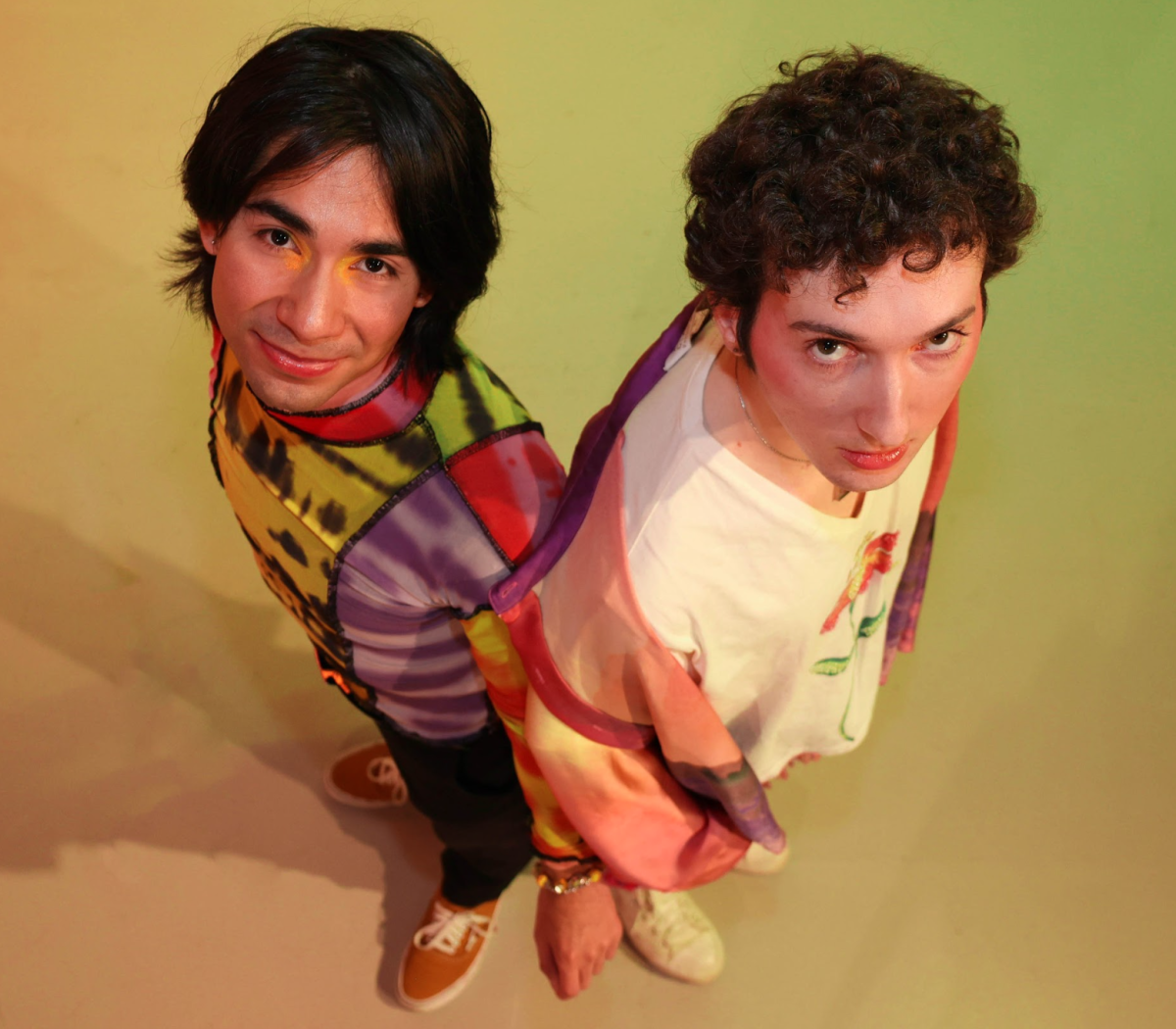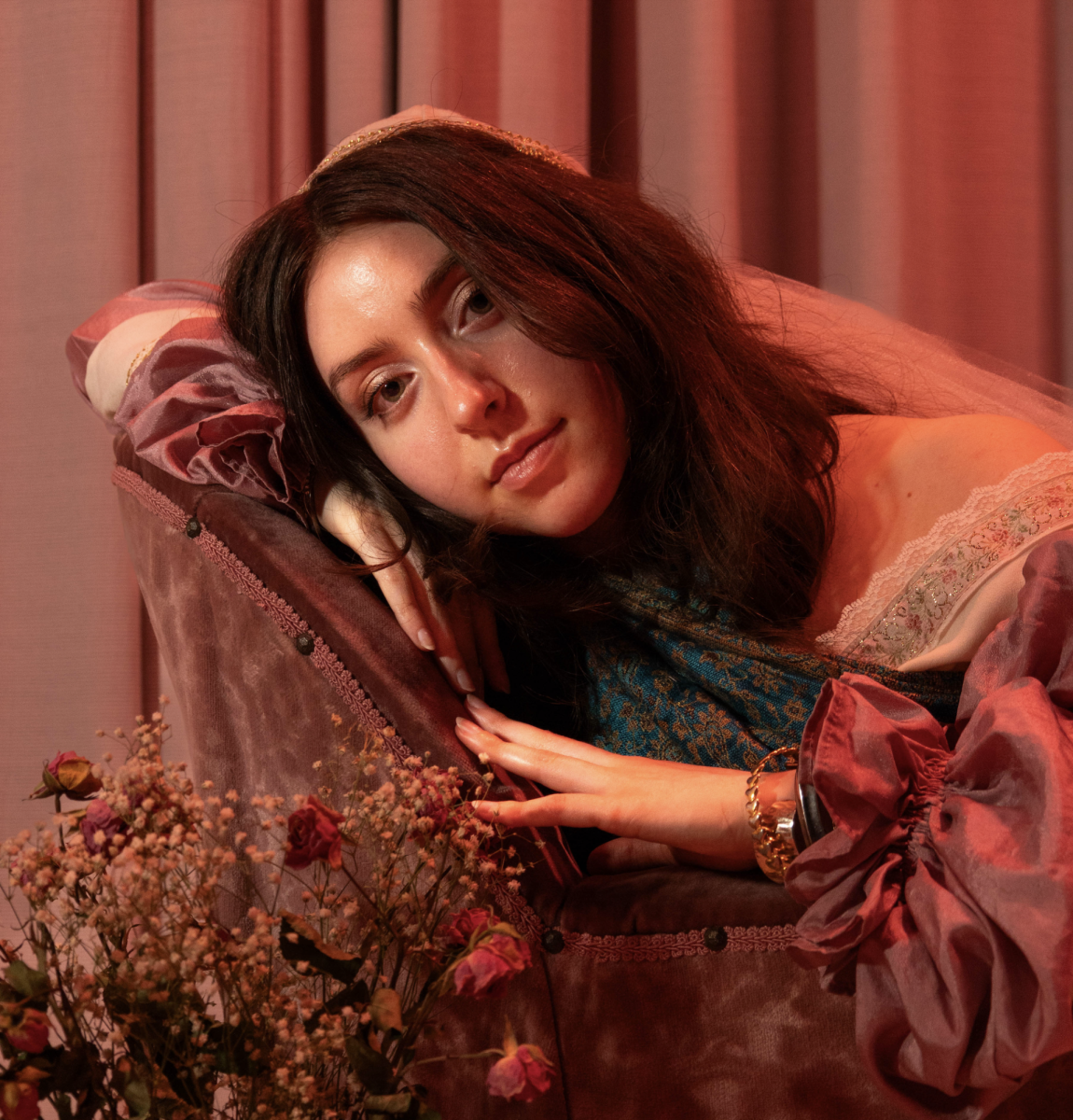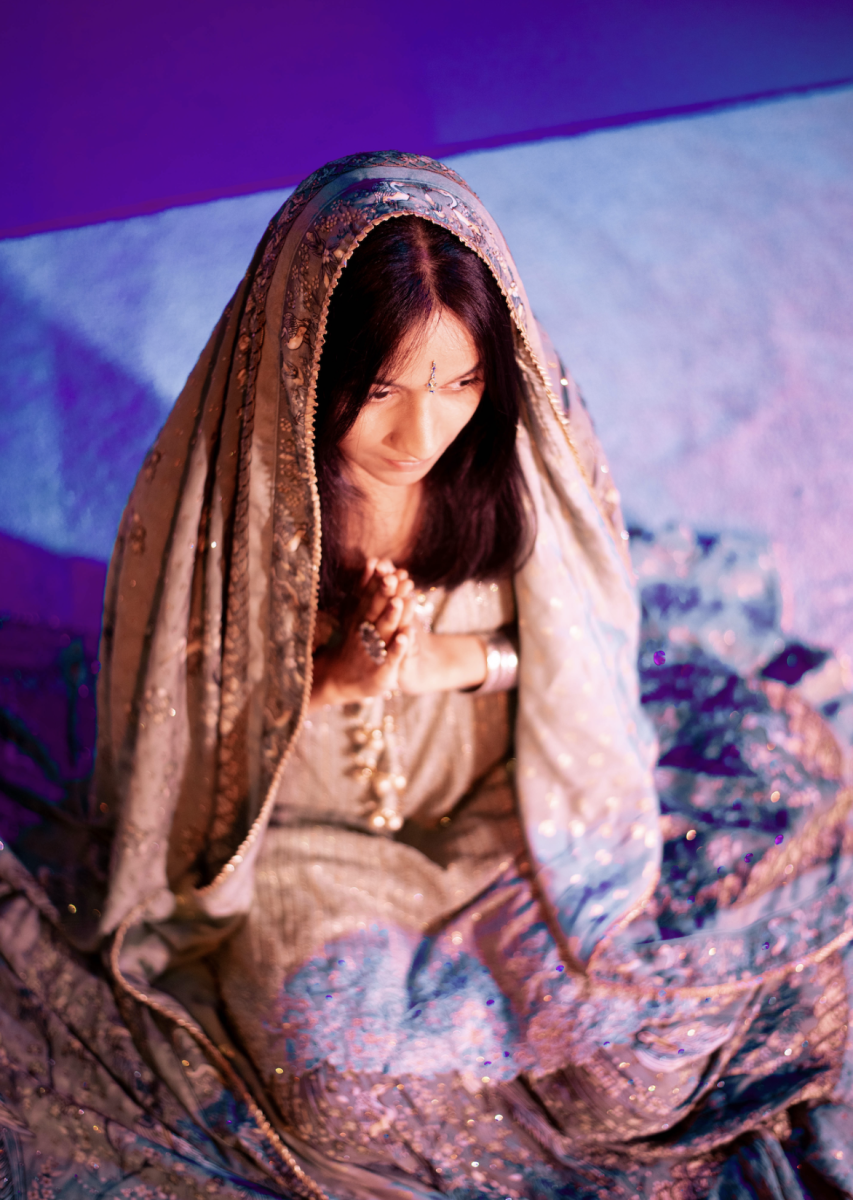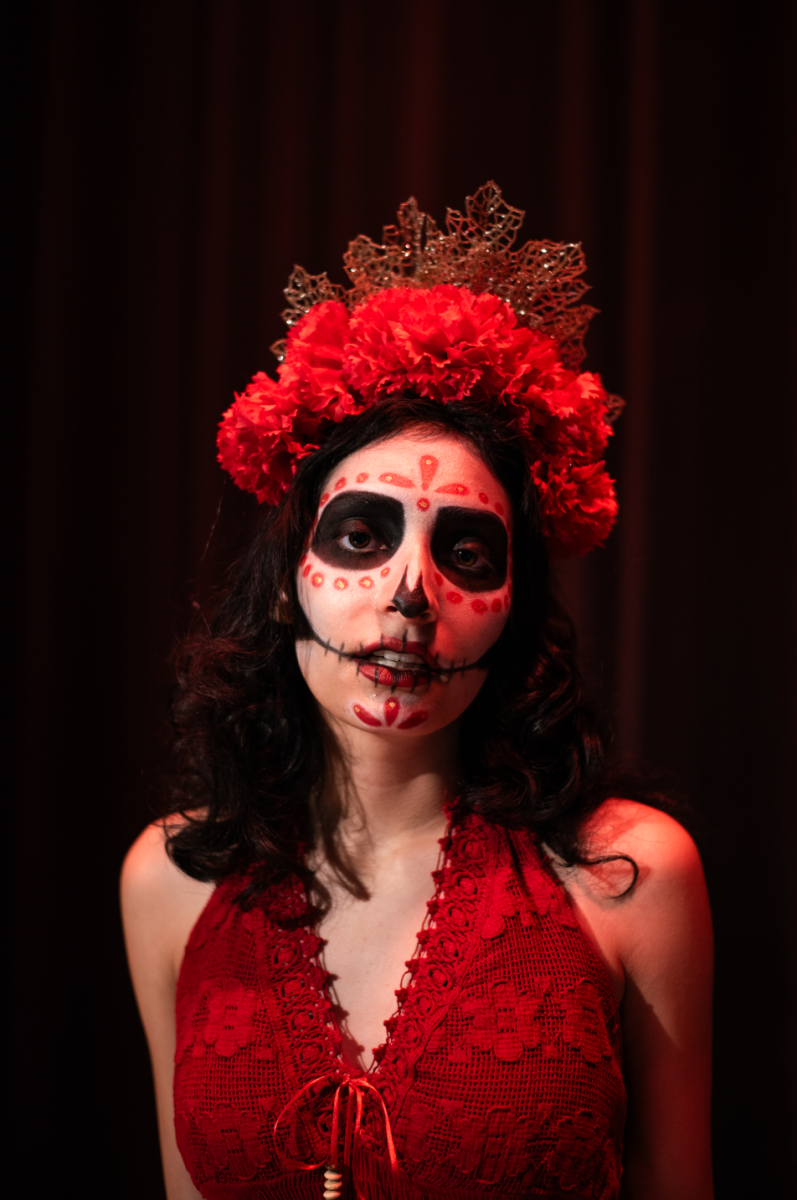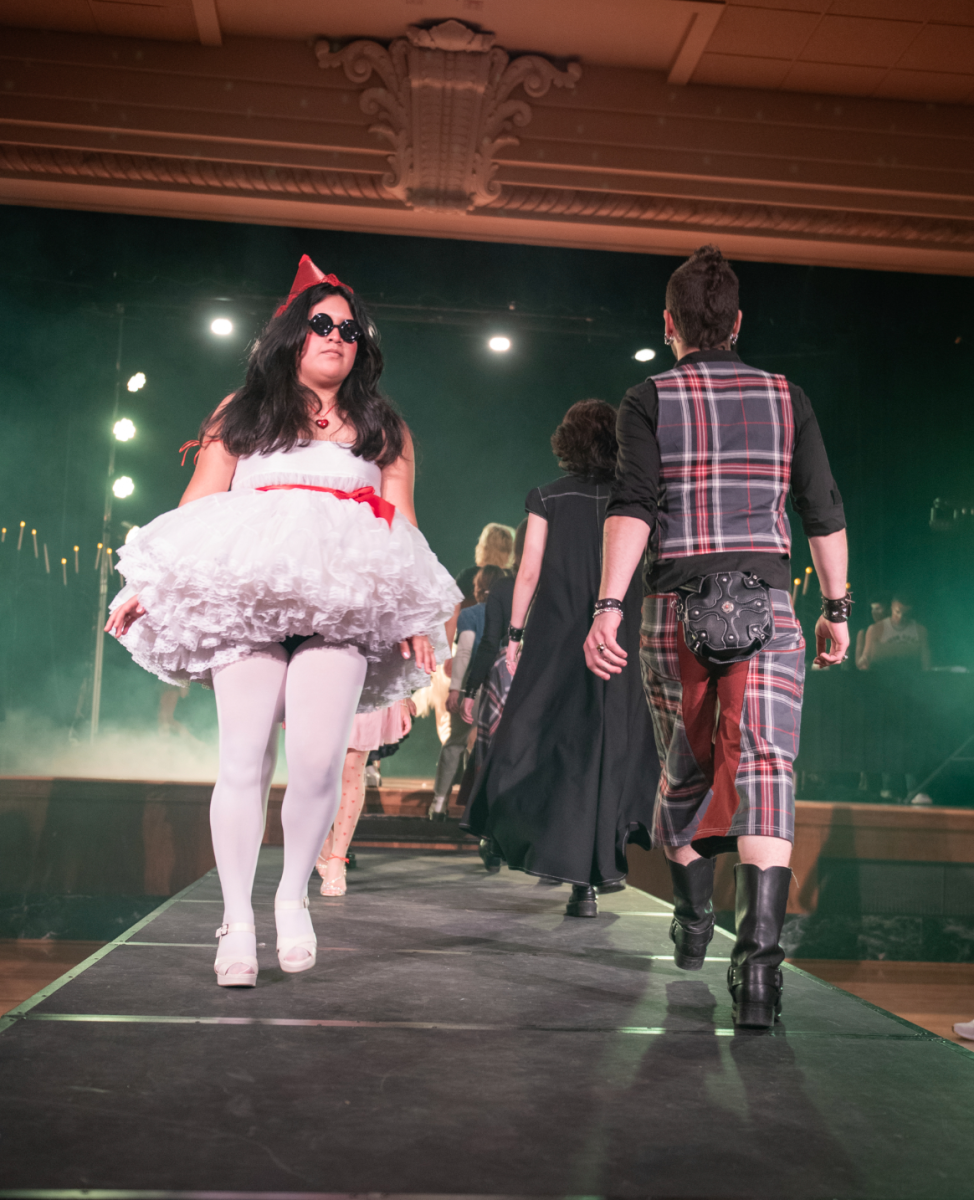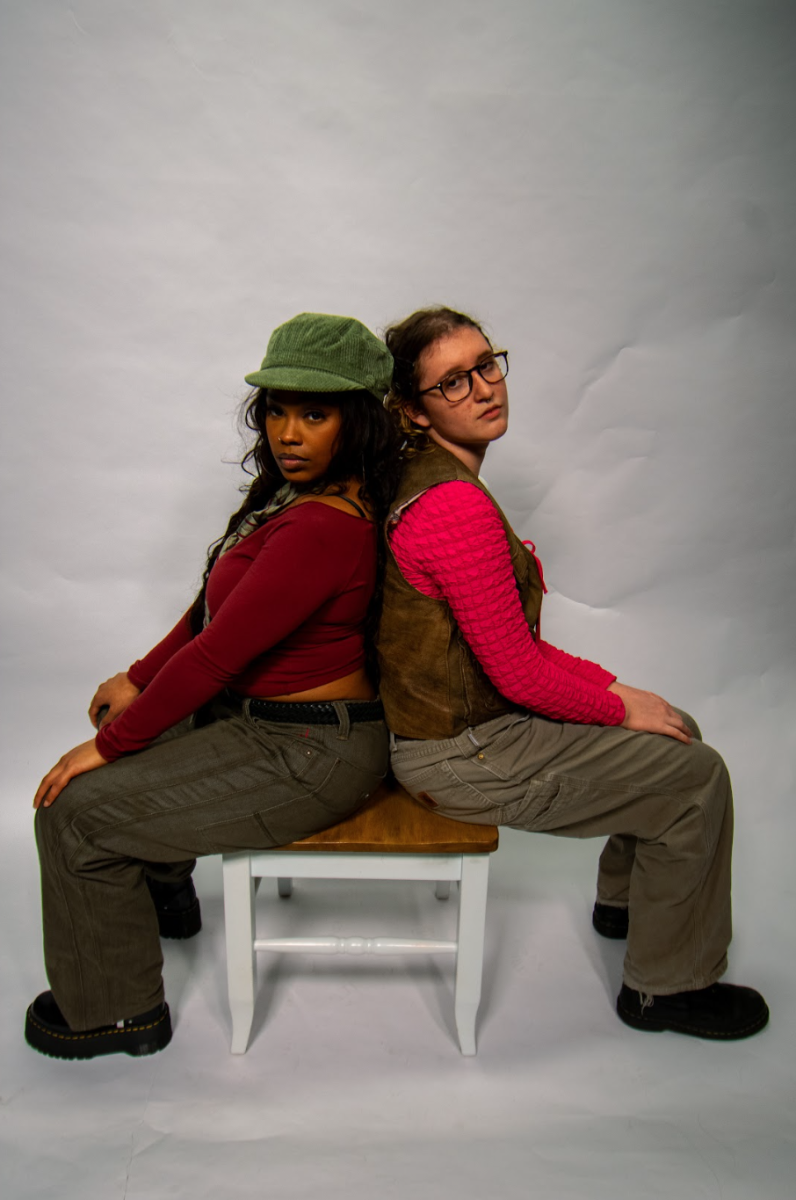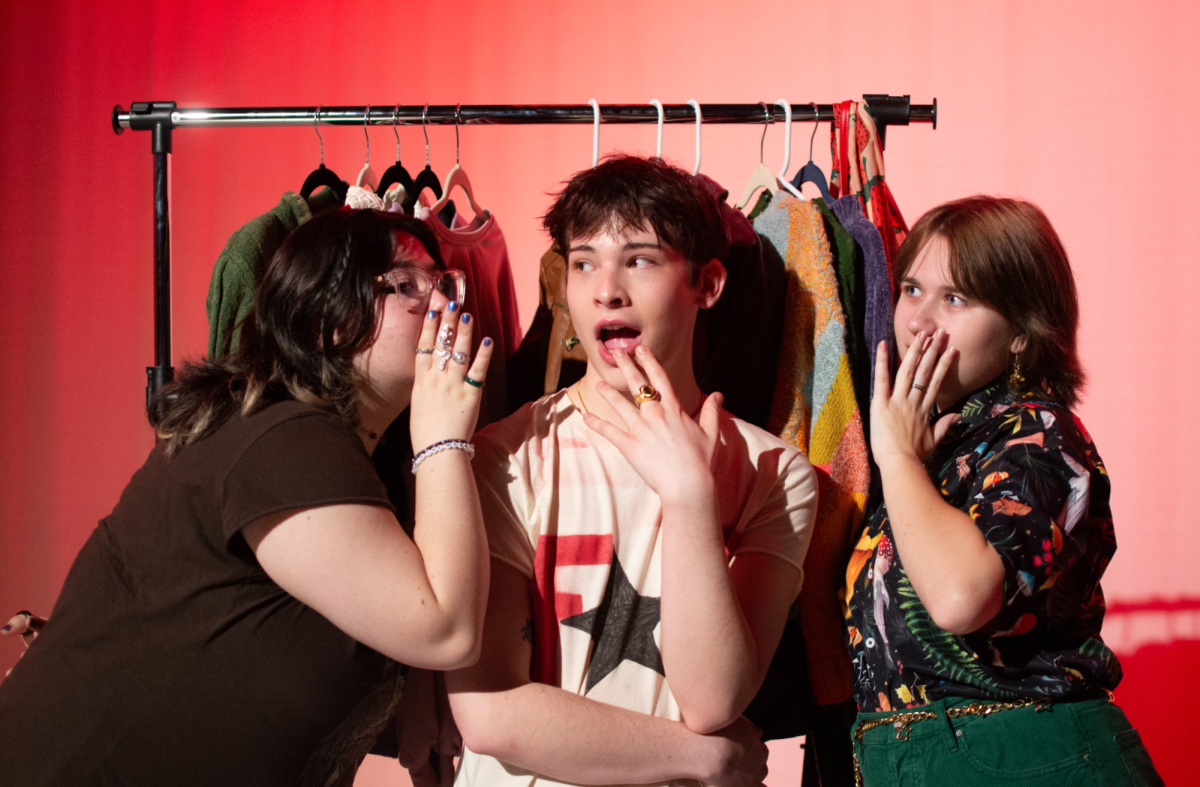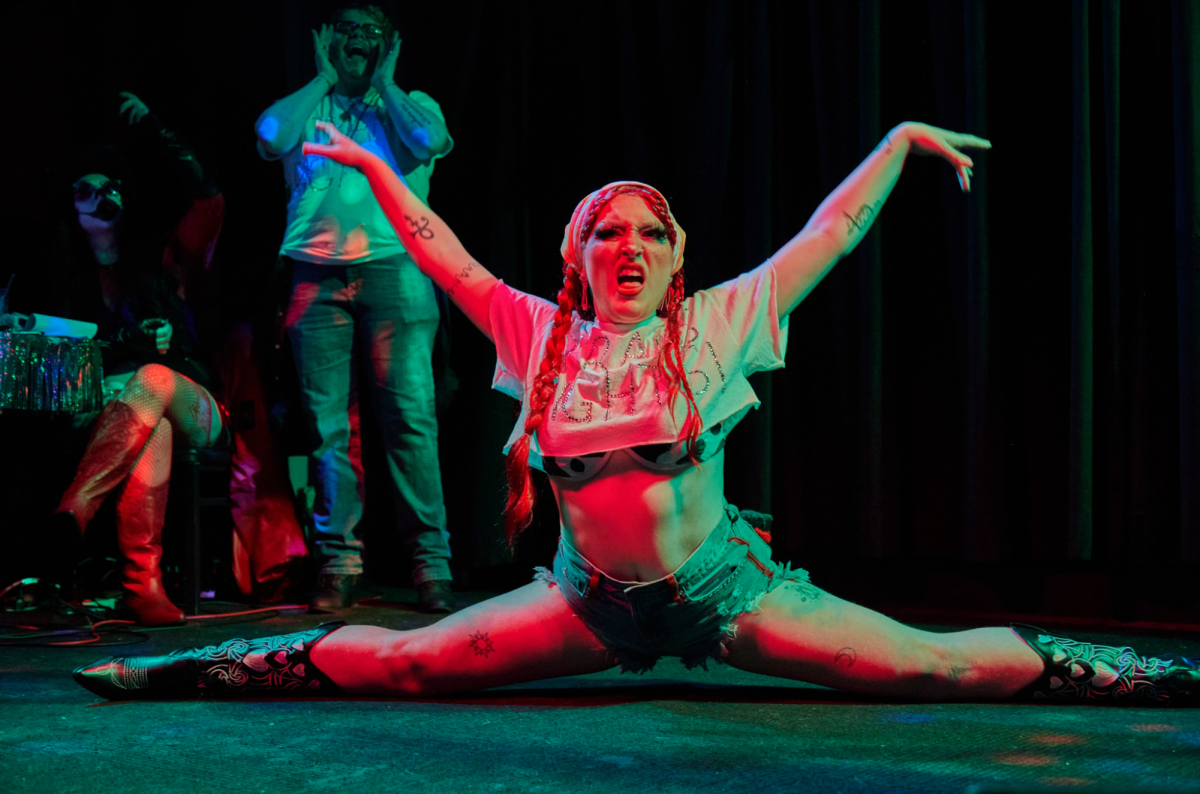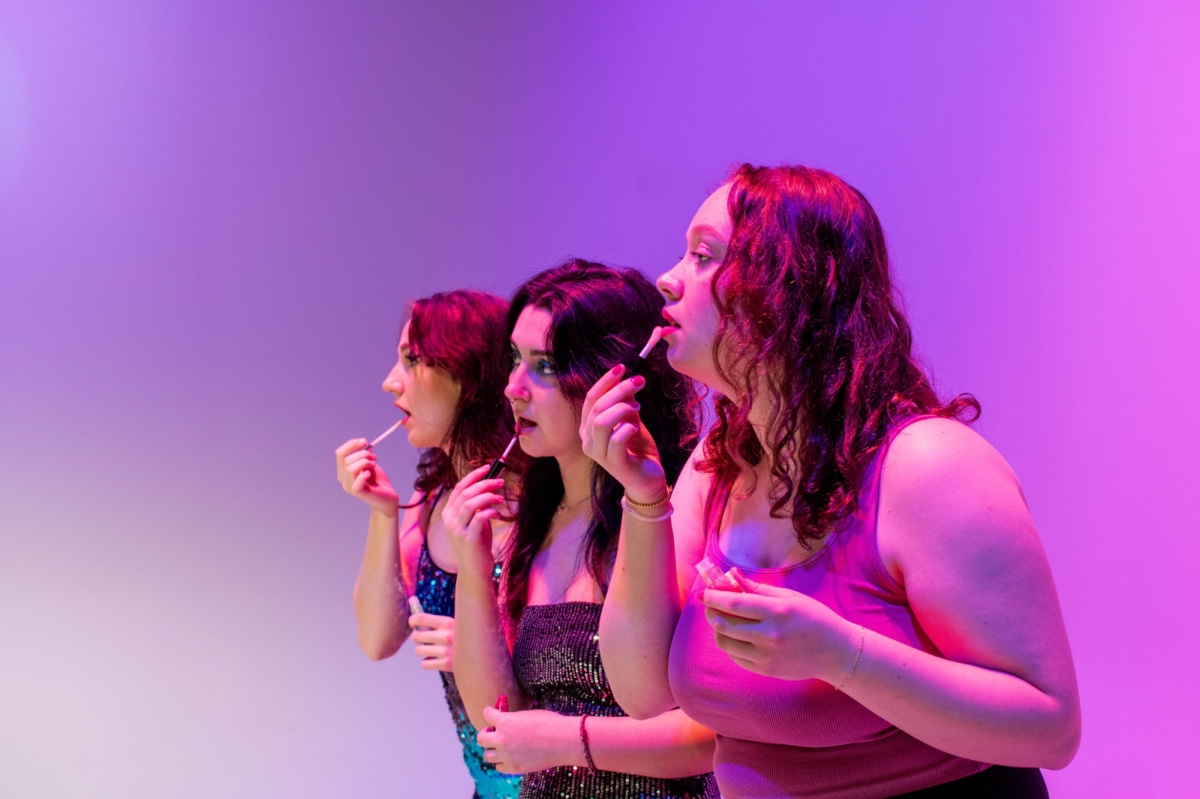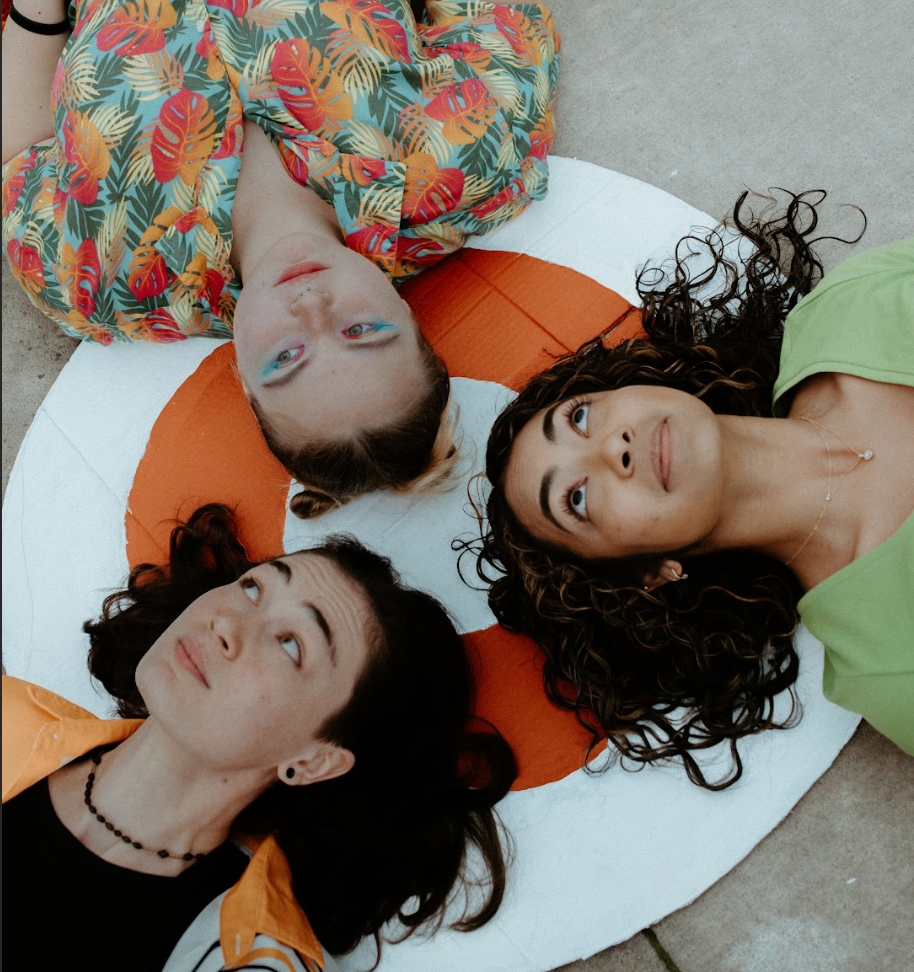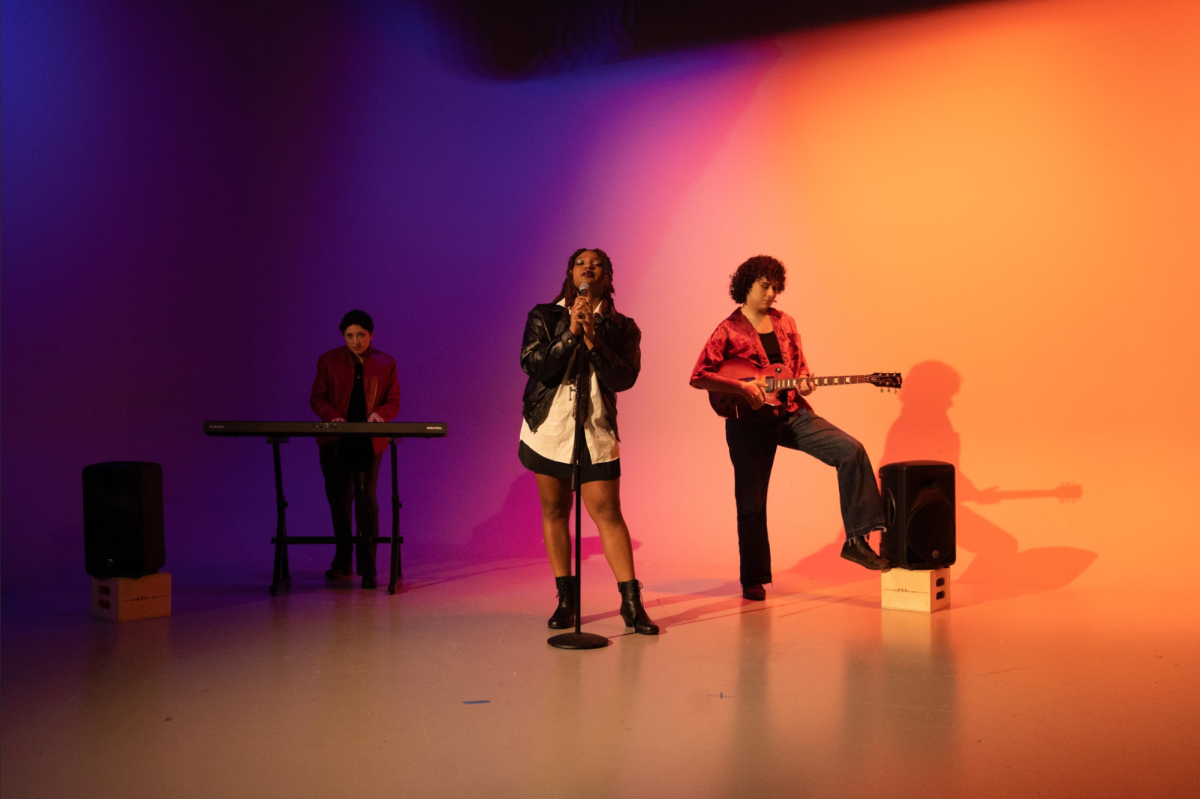The concept of “pride” for the LGBTQIA+ community has always been important, even before it was an official slogan or parade that helped queer people carve out a space in their communities. Pride as we know it today, however, started as a radical movement inspired by a riot.
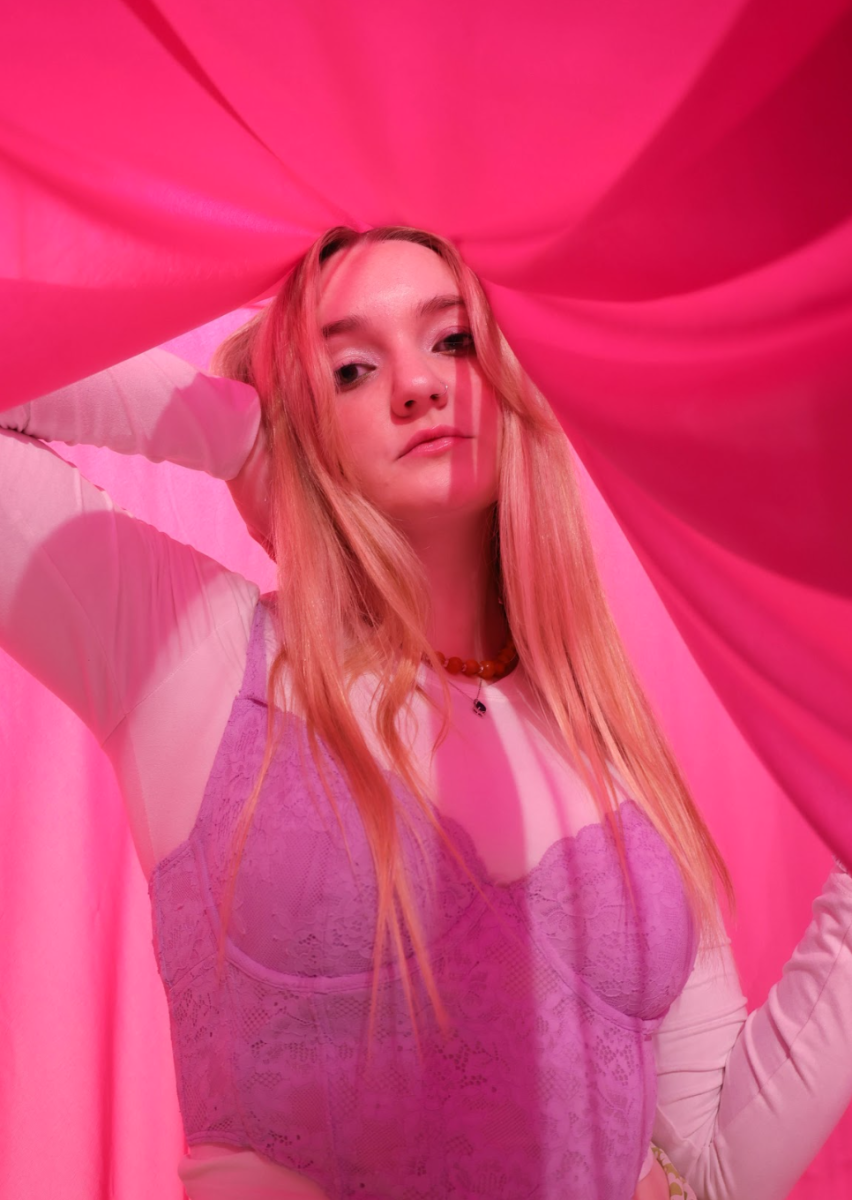
The now-infamous Stonewall Riots started on June 28, 1969 at the Stonewall Inn in Greenwich Village when the NYPD raided the gay bar that operated on its first floor.
Patrons and employees fought back against the raid and protested the mistreatment of their community by police outside the establishment for the following five days.
One year later, on the anniversary of the raid, the first pride marches took place in New York City and Pride fashion followed closely behind. Pride attendees donned their loudest outfits as a way to make a spectacle – to show the world they weren’t going anywhere.
In the years since, the idea has spread to the rest of the US and beyond, and can be found in almost every city. But why do we still march?
While it’s true that queer people in the US aren’t as discriminated against as they used to be, there is still a long way to go before it’s is a safe space for the community – People often forget that marriage between two people of the same sex was illegal in many states until less than 10 years ago, in 2015.
Pride parades attract crowds of protesters, yes. But more importantly, they also attract queer people, young and old alike. Even friends or relatives of the community walk and participate as well, often waving flags and wearing t-shirts in support.
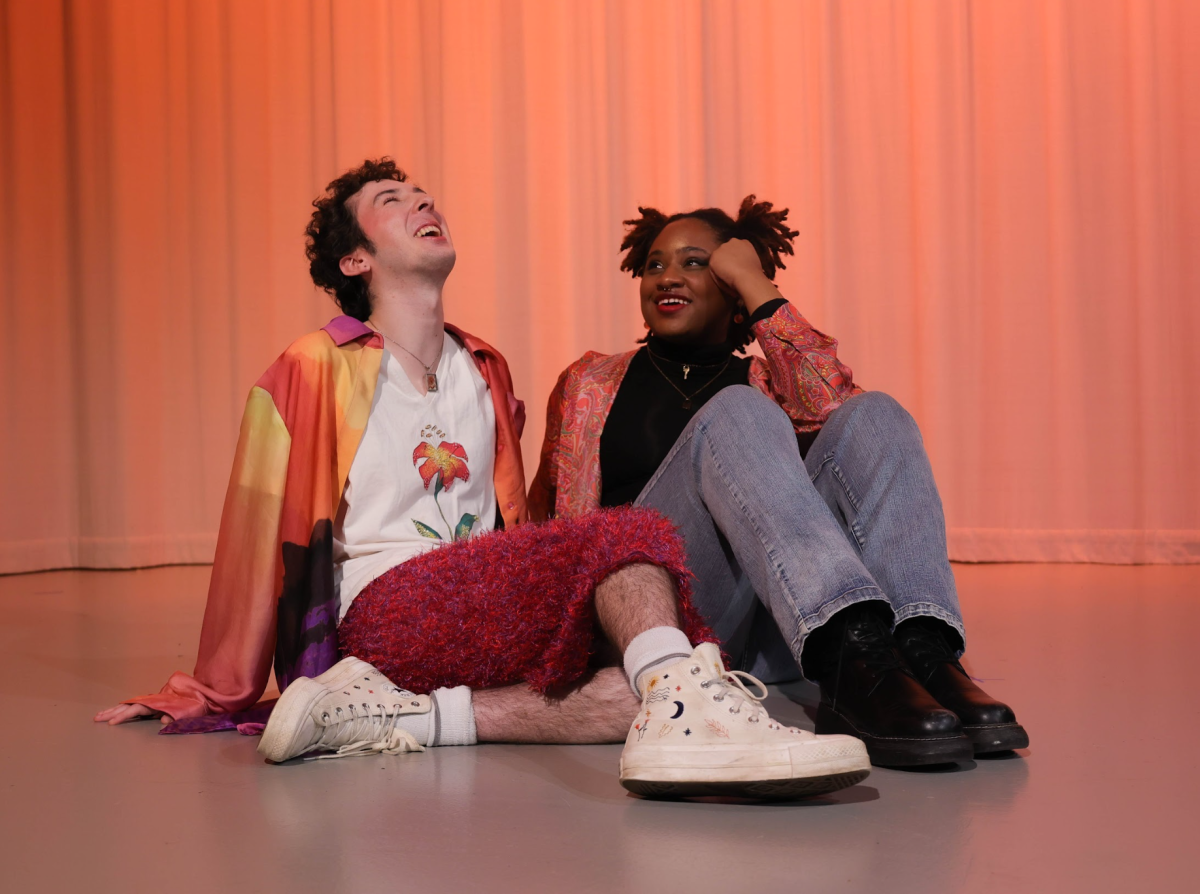
Queer people themselves typically dress up for the event, many decked out in makeup, jewelry, and a variety of colors. They dress for a party, honoring themselves and their community. As a group, they represent a variety of aesthetics and tastes. There’s not a wrong way to express yourself, especially when it comes to sexuality.
Despite all this love and freedom, businesses can still refuse service to someone based on their sexuality. Healthcare professionals continue to deny trans people the life saving care they need, and Drag performers are being actively demonized in the media.
Even in Oregon, a traditionally “blue” state, Pride is not promised to everyone that wants to celebrate.

In 2022, the second annual Keizer, OR Pride parade was canceled due to concerns for the safety of its attendees. At the city’s first pride event the year before, the group was interrupted by protesters accosting attendees and their families.
The events aren’t violent or aggressive – they’re simply a display of support for the queer community. For some reason, this is considered threatening by some Oregonians.
Just last year in 2023, George H. Atkinson Elementary in Portland, Oregon had to cancel an optional after school pride event due to backlash from their community. The threats got so bad that many parents felt their children wouldn’t be safe at the event. It was intended as a safe, fun space for children, complete with a drag show, a makeup and nail polish station, crafts, and even a self-defense demonstration, because hate from homophobic groups is so common.
Pride Parades have always been a direct response to this kind of hatred – it’s dedicated to celebrating expression and being as gay as possible. It is the one time a year where large queer communities can come together and unapologetically be themselves in a designated safe space. Pride’s origins are rooted in protest, as a defiant stand against oppression. Yet over time, it’s transformed into a vibrant celebration of queer identity, diversity and love.


